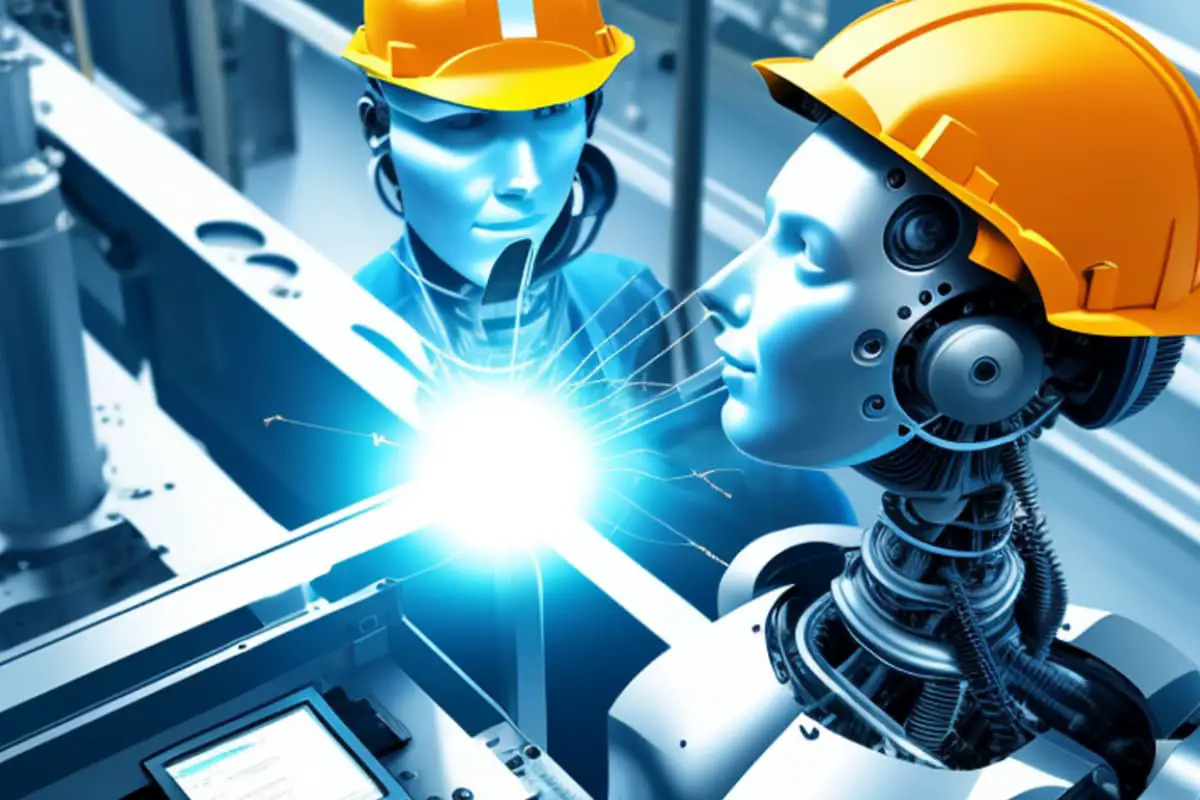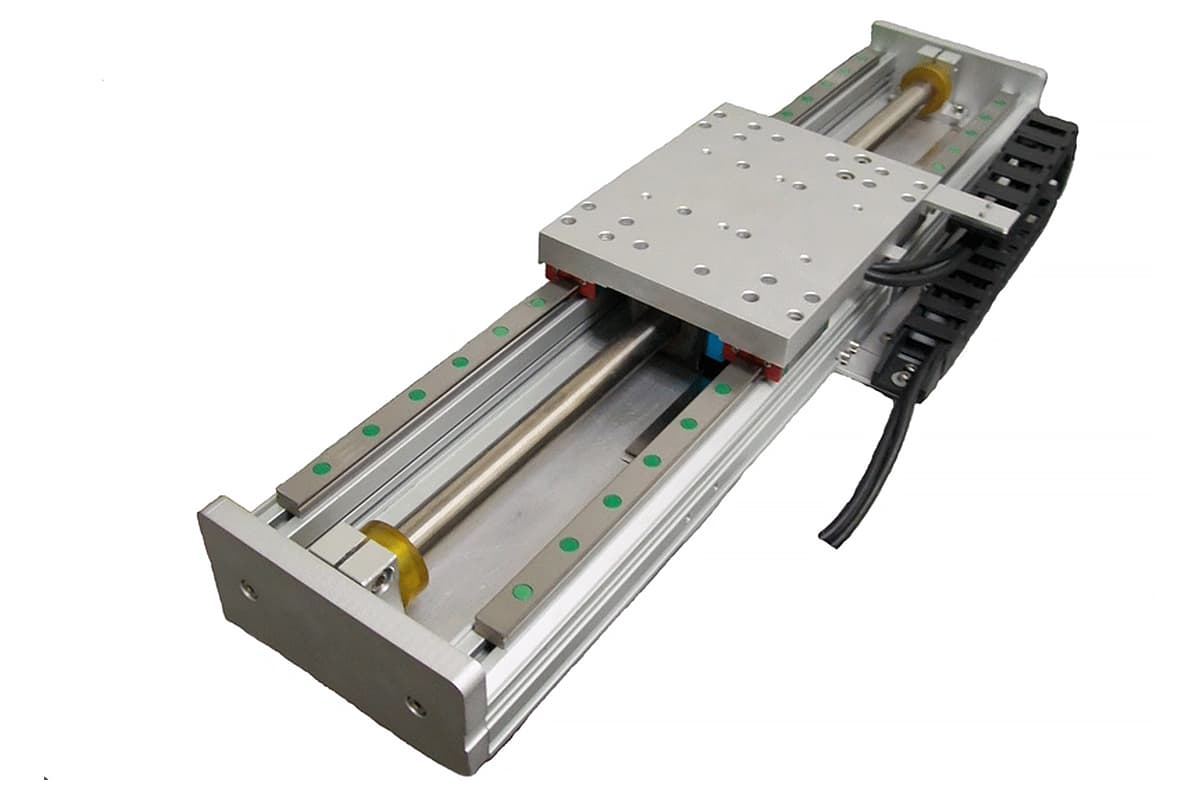
Imagine creating and perfecting a product entirely on a computer before any physical prototype is made. Virtual manufacturing makes this possible, leveraging computer simulations and virtual reality to anticipate and resolve potential issues. This article explores the concepts and principles behind virtual manufacturing, illustrating how it integrates every stage of product development from design to production. By reading, you’ll understand how this innovative approach can save time, reduce costs, and improve product quality, revolutionizing the way manufacturing processes are managed.

Virtual Manufacturing (VM) is the fundamental realization of the actual manufacturing process on a computer. It utilizes computer simulation and virtual reality technologies, supported by high-performance computers and high-speed networks. By employing collaborative group work, VM uses models to simulate and predict potential issues related to product functionality, performance, and manufacturability.
It embodies the essential processes of product manufacturing, including design, process planning, fabrication, performance analysis, quality inspection, and process management and control, all aimed at enhancing decision-making and control capabilities at every level of the manufacturing process.
The Virtual Manufacturing System (VMS) enables the integration of all aspects of product development and manufacturing processes. Based on manufacturing strategies of enterprises and founded on information and functional integration, it manages, controls, and coordinates the entire product development process.
VMS ensures rational organization and allocation of enterprise resources, technology, and personnel throughout the product’s lifecycle. It integrates business strategies, enterprise management, engineering design, and production activities.
It also facilitates parallel processing and collaborative work of multi-disciplinary teams in a virtual environment, adapting to constantly changing market and user demands, and delivering high-quality, cost-effective products to the market and users at the fastest possible speed.
Utilizing VMS, at every stage of product development, according to product requirements, the structure, functionality, performance, machining, assembly, manufacturing process, and production process of the virtual product prototype can be simulated in a virtual environment. Based on the methods, standards, and indicators of the product evaluation system, the product manufacturing process can be designed, modified, and optimized.
This greatly shortens the product development time and identifies potential issues at the early stages of product development, solving them before actual manufacturing. As the development process accelerates, the design method transitions from a “design → evaluate → modify” cycle in a serial work mode to a holistic cycle based on a parallel work mode, thereby facilitating the comparison and optimal selection of multiple solutions.
The theoretical foundation and system of Virtual Manufacturing (VM) technology and Virtual Manufacturing Systems (VMS) are not yet fully formed and are currently in a phase of research and exploration. The research work involves the intersection of various disciplines and the integration of multiple high-tech technologies, with many key technologies still needing research and resolution. These include:
1) The theoretical system of VMS and research on the Open System Architecture (OSA) of VMS under a distributed parallel processing environment.
2) The technology of the master model in a virtual environment. The master model serves as a core, providing services to all aspects of design, manufacturing, and production management. It has a unified data structure and a distributed data management system.
The product model it establishes is a virtual product model with all the properties and characteristics of the represented object. The virtual product exists before it is put into production, with clear visibility. It can handle various issues faced by various production stages such as design analysis, processing and manufacturing, production organization and scheduling, and can establish an information system between supply and demand.
3) Distributed intelligent cooperative solution technology and system for distributed parallel processing in a virtual environment, and the theory and technology of global optimal decision-making in a virtual environment.
4) Application of virtual reality technology to realize the human-computer cooperative solution model in the virtual environment and virtual manufacturing process.
5) The mapping between real manufacturing systems and VMS, the establishment of virtual devices, virtual sensors, virtual units, virtual production lines, virtual workshops and virtual factories (companies), and the reuse and recombination technology of various virtual devices.
6) The architecture of the VMS integrated development platform, component library, and user development environment.
7) The organization, scheduling, and control strategies and technologies of virtual companies.
8) Research and application of comprehensive visualization technologies (including computer visualization technology, virtual reality technology, multimedia technology, and simulation technology). Currently, technical research can be carried out on realistic virtual product assembly simulation, production manufacturing process and production scheduling simulation, numerical control processing process simulation, and more.








